One of the many big challenges for Conservation in preparing objects for the museum’s ten new galleries has been the reconstruction of a late 17th-century State drawing room interior from Hamilton Palace. The finely-carved oak panelling and marble fireplace will take centre-stage in our new Art of Living gallery.
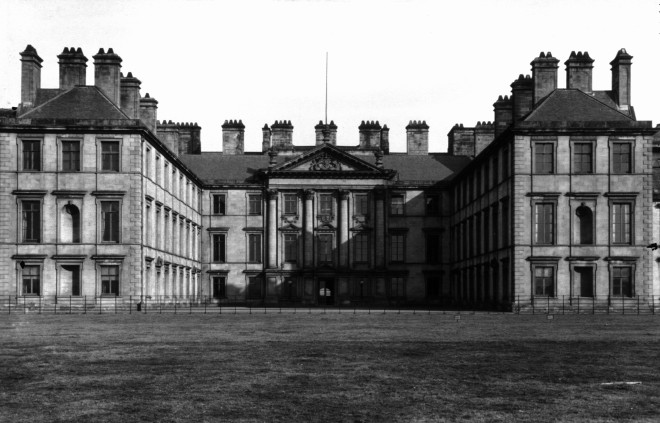
In leading the conservation and reconstruction at the National Museums Collection Centre, I’ve had the opportunity to investigate not only how this interior was created but also to look into its varied history after it was removed from the Palace itself. This is just as fascinating as the room’s conception and construction. As an object, I feel the drawing room has had two distinct and separate lives.
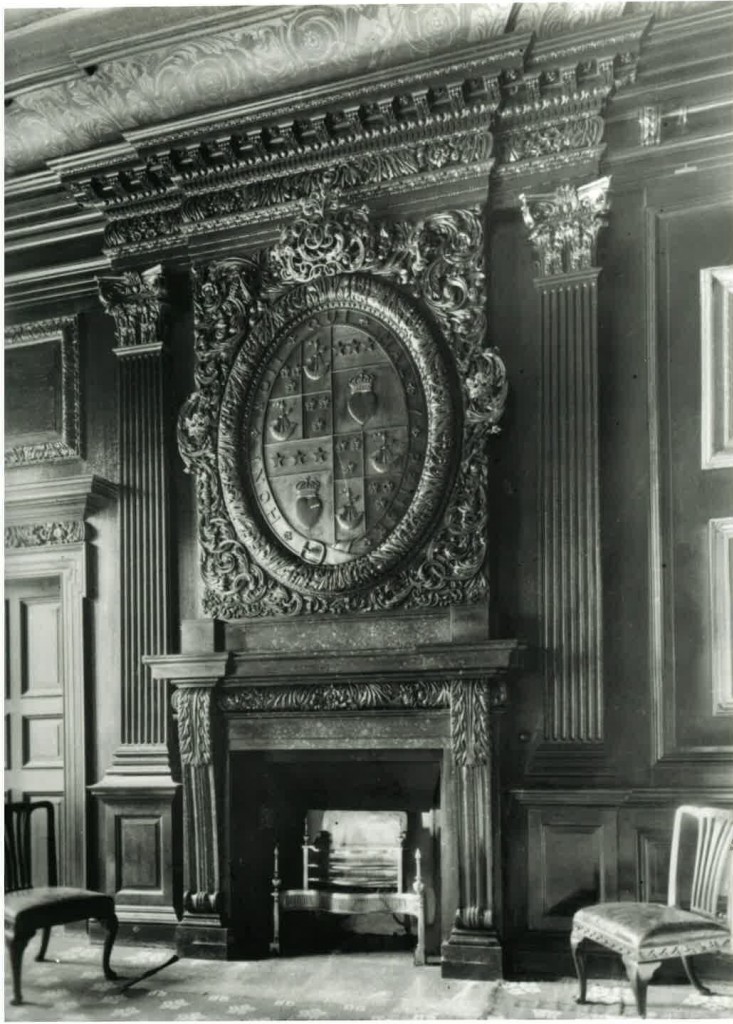
Hamilton Palace was the seat of the Dukes of Hamilton in Scotland since its construction in 1685. Its eventual demise and demolition in 1927 was brought about by extensive damage from coal mining subsidence and the excessive cost of repairs. Before the demolition, many of the fine valuable interiors and architectural features – such as our drawing room – were salvaged and auctioned off to various art sales houses.
The entire drawing room was shipped to London and not long after crossed the Atlantic to New York, acquired by prestigious fine art dealers French and Company. We have documentary and actual physical evidence on room timbers that the room was reconstructed at this time. With wall heights of 5 metres, French and Co must have had very spacious sales rooms to accommodate it.
The room was bought by William Randolph Hearst, the newspaper tycoon and inspiration behind the classic Orson Welles film Citizen Kane. Hearst amassed an enormous collection of European fine art and it is presumed that the Hamilton Palace interior was to be used to refurbish one of his many properties. However, the palace remained packed in crates and unused until Hearst’s estate, crippled with debts, forced its sale again. Eventually the interior came into the ownership of the Metropolitan Museum of New York in the 1950s – again it was unused and remained in storage.
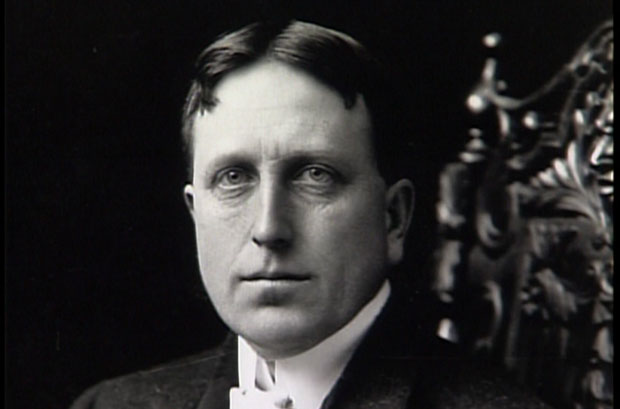
Fast forward to 1992, the Metropolitan Museum offered the interior to National Museums Scotland. We accepted and after 65 years, the room sailed home back across the Atlantic. At that time, National Museums Scotland was planning to build the new National Museum of Scotland and early schemes included the installation of the drawing room. Former colleagues in the Conservation department began the process of sorting through hundreds of pieces of undocumented mouldings, panels and carvings to make sense of it all. This involved cataloguing, photography and trial assembly of the features. In 1992, conservation facilities at the Collection Centre were not as well developed as they are today; the only spaces large enough to accommodate the interior was the Grand Gallery at the National Museum and what is now the Discoveries gallery.
The inclusion of the drawing room in the new museum building never came to fruition, but I am certainly grateful to my former colleagues for the invaluable work they did on the room. Twenty-four years later, it must be considered one of the longest conservation projects undertaken by the museum! I feel very honoured to be involved in its completion and to install it into its new permanent home.
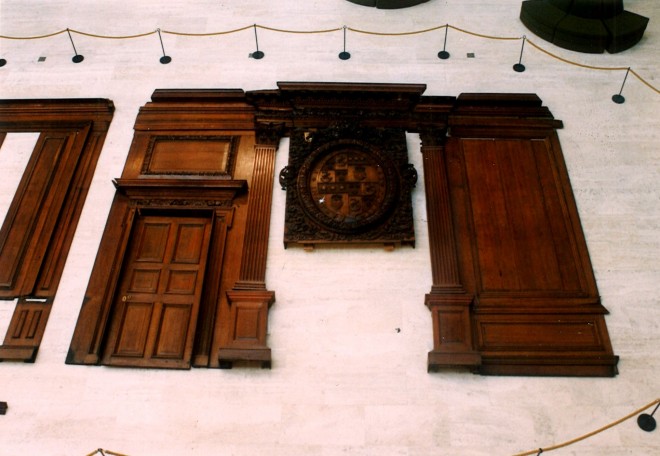
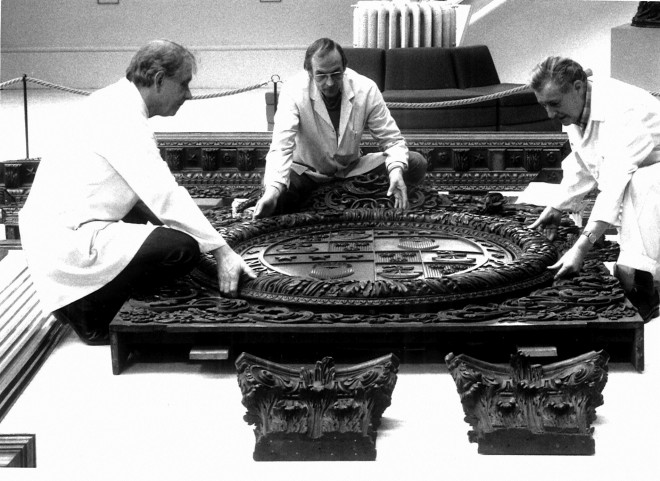
Normally in my job as an artefact conservator, I am concerned with preserving what we call portable objects such as ceramics, metalwork and sculpture. I would not have considered a room interior to be a portable artefact but reflecting back, it’s strange to think that the drawing room has spent 90 years crossing oceans, travelling in two continents, and being reconstructed and repacked numerous times since being removed from Hamilton Palace. Considering what it’s been through, this 300-year-old room is looking pretty good for its age.
